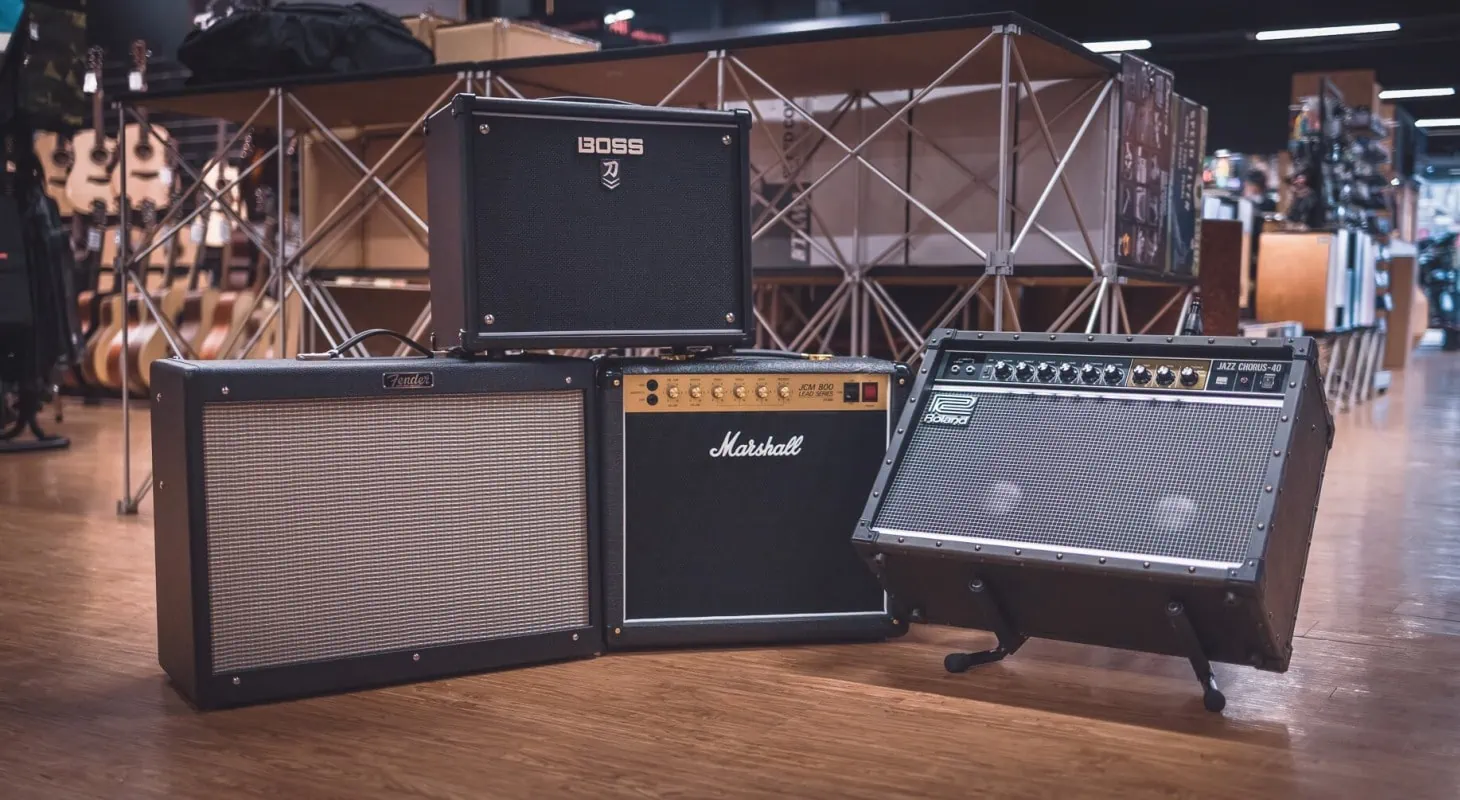Shopping for a new amplifier is always an exciting process where you can scour the internet to find your perfect amp.
One of the first considerations you’ll need to make is whether you need a single-channel or a dual-channel amplifier.
The main difference between the two is that a dual-channel amplifier gives you the option to access an entirely new sound at the press of a button.
While at first glance you may think “Well, surely more is better right? I should just get a dual channel amp!”, in reality, the topic is more nuanced than you might think and there are some compelling arguments for the single channel amp.
Depending on your needs, preferences, and how you like to run your rig, you may find yourself spending a lot of extra money for no functional benefit.
So in this article, I’m going to discuss everything you need to know about single and dual-channel amps, including how they work and integrate along with your pedals, which will give you a better idea of which one will be most appropriate for you.
What are Amplifier ‘Channels’ Anyway?

To fully understand what a channel is, and how you can differently utilize single or multi-channel amps, you first need to think about the path in which a guitar signal takes after you’ve picked the string.
Once the pickup has picked up the vibration from the string it’s then sent through the cable, then through any pedals you have plugged into the front of your amplifier, which then makes its way into the preamp section of your amplifier.
This is an important stage as it’s where your tone is predominantly formed. The distortion, 3-band EQ, and any other boosts and features you have on your amp are all applied to your guitar's signal at this stage.
This signal then passes into the power amp section which is where it’s amplified and then sent to the speaker cabinet.
So when we have a multi-channel amp what you have are multiple signal paths through the pre-amp section. This allows you to EQ and distort each path differently, effectively giving you access to multiple tones with the flick of a switch.
The most common application of this is to have a 2-channel amp with a clean tone that has no distortion and another distorted channel that you can flick over to when needed.
While two-channel amps are the most common, there are plenty of 3 and even 4 channel amps out there if you really need to utilize a lot of different sounds.
As these channels fall after your guitar signal has passed through the pedals, which means your pedal sounds are always applied to the tone regardless of which channel you’re on. The only way around this is to use a more complicated midi switching system that automatically turns specific pedals off/on depending on which channel you select.
Some amplifiers will have independent gain and EQ controls for each channel while other amps might share certain parameters across multiple channels. There are no hard and fast rules here, each amp can work differently and you should research them thoroughly before making any purchase.
Single Channel Amps
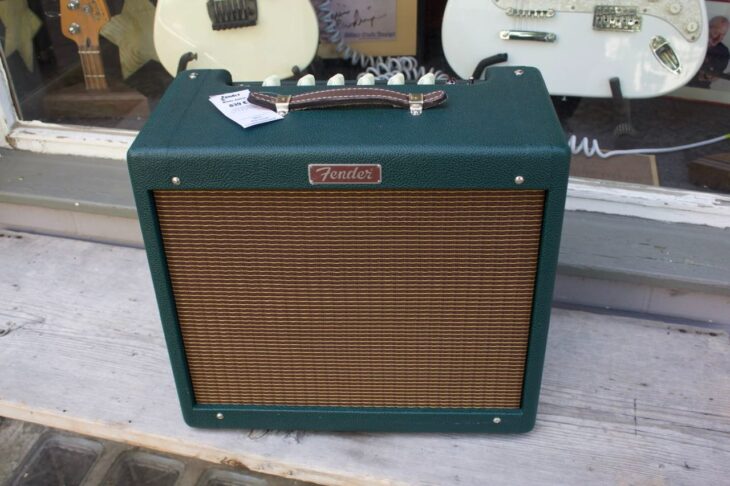
Back in the days of old, all amplifiers utilized just a single channel. This meant that there was a single signal path straight through the whole amp which would be sent out to the speaker.
Top 3 - Popular Single Channel Amps
Preview | Product | Price |
|---|---|---|
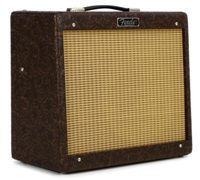 | ||
 | ||
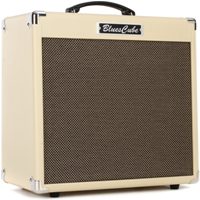 |
Pros
The main benefit of this is simplicity. You won't have to mess around with too many knobs, you can just dial in the tone you like and call it a day. For many players who dislike ‘tone chasing’, this streamlined process gets you through the tone creation stage and straight onto playing your guitar as quickly as possible.
Another benefit is that because single-channel amps require fewer components to make, they’re also much cheaper to manufacture which makes them ideal for those on a smaller budget.
Now you might be thinking that this must be limiting as you are essentially stuck with just a single sound, but this is not the case. If you have a single-channel amp with a nice clean tone you can easily stick your favorite distortion pedal in front of it and switch it on to effectively give yourself a new sound, just like you would on a two-channel amp.
A few excellent single-channel amps to check out are of course the legendary Fender Blues Junior IV which produces a fantastic raw tone and works as a great blank slate to drive further with pedals.
Obviously, the Fender Blues JR is not cheap, so if you’re on a budget I really enjoy the Bugera V5 Infinium. Not only does it sound great but it has a wonderful in built reverb too.
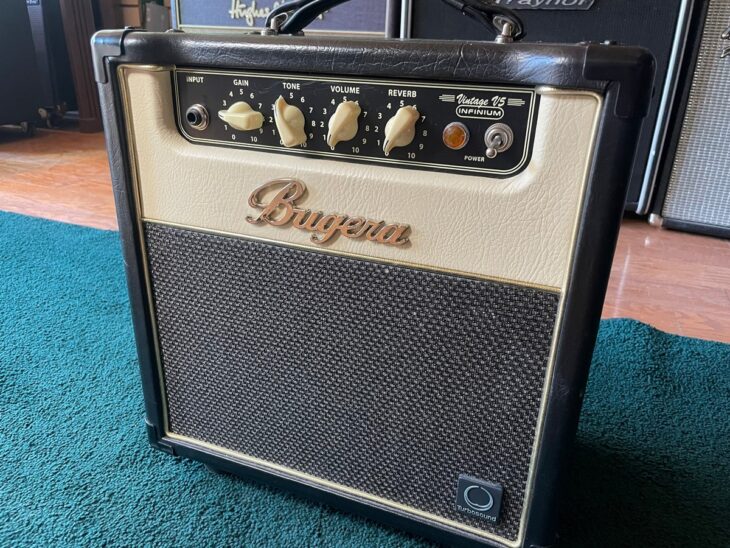
Cons
However, this brings us to our first con. Using pedals to emulate the functionality of a dual-channel amp isn’t totally accurate because it’s a one-way street. You have to have your amp on a clean tone and then introduce distortion via pedals, you cannot go backwards by having your amp on a distorted tone and then clean it up by turning on a pedal.
This can be a problem if you really love and wish to use the nice tube distortion that’s built into your amplifier. Sorry, you’re going to have to settle for a distortion pedal that sounds reasonable.
Similarly, with only a single signal path it means that the amplifier's EQ section is always going to be applied to it even if you want to kick in a pedal or two and use a different tone. Many people like to EQ their clean and distorted sounds quite differently, but unfortunately, this isn’t possible on a single-channel amp.
Summary
So while a single-channel amp has some objective limitations over dual-channel amps, its cheaper price and ease of use can actually make it a preferable choice for many players!
Dual Channel Amps

Whether talking about dual, or triple/quadruple channel amps, the pros and cons are the same for all of them.
Top 3 - Popular Dual Channel Amps
Preview | Product | Price |
|---|---|---|
 | ||
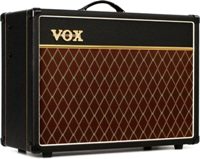 | ||
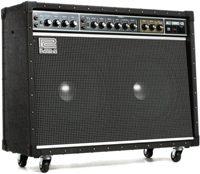 |
Pros
Obviously, the main benefit and selling point of multi-channel amplifiers is the ability to have multiple independent tones from within your amplifier. Thus removing the need to use external pedals and allowing you to really capitalize on the authentic tone of your amp.
After all, that’s probably what you bought it for! Why would you buy it just to go and get your distortion from a fizzy-sounding digital pedal?
However, beyond the raw tone itself, there are some other benefits when it comes to sculpting your tone with more detail. Particularly because most dual-channel amps will have separate EQs, distortions, and boosts for each channel, allowing you complete independent control over each one.
Now it’s worth noting not every amp is like this. Some amps ‘share’ features across channels in order to keep the cost down, but these amps are less common and in general, they use independent controls to give you as a player more options.
So if you’re adamant that you will require vastly different tones between channels you should check to make sure the EQ isn’t shared, but more importantly that any boosts or gain staging isn’t shared as this will prevent you from having independent clean and distortion channels.
I really enjoy the Vox AC15C1 as it provides those fantastic Vox AC channels we love, but at 15 watts it’s ideal for playing at home, and it even has an in-built tremolo and reverb effect meaning you don’t really need any extra pedals to achieve a wide range of tones.
But if you’re a gigging musician and need something with a ton of power, the Roland JC-120 can work great as it’s 120watts which provides ample headroom for performances, but it also has a 2x12 speaker cabinet that can be run in stereo allowing for an even wider variety of tones.
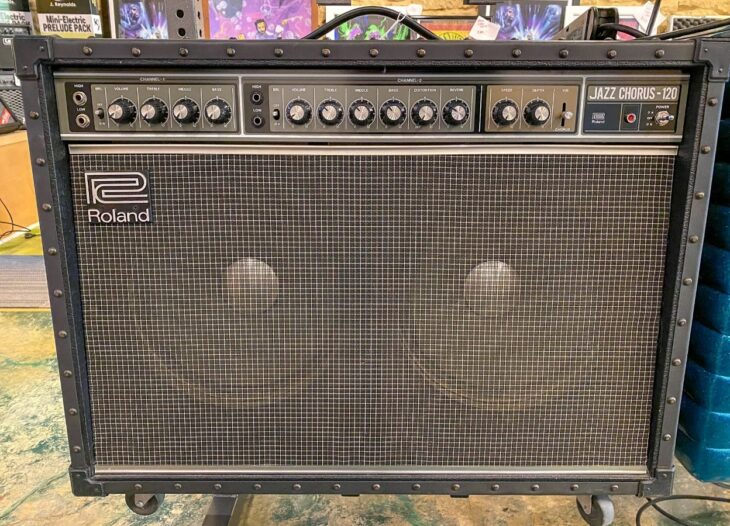
Cons
One major potential drawback is how pedals interact with the channels, as most guitar amplifiers have just a single guitar input slot into the preamp. It means that each and every pedal that sits both in front of the amp and that goes into the effects loop is applied broadly to every channel.
If you are an avid user of pedals and modulation effects, but want them switched off or around as you change channels on your amp, this can create what we call ‘tapdancing’, which is where you will have to memorize which pedals need to be on or off, then quickly change all them with your foot, effectively tapdancing your way across the pedalboard.
Now there is a solution to this where you can use some kind of switching system, but this is time-consuming to set up, needs reprogramming every time you want to change your pedalboard, and also adds extra cost to your guitar rig, not ideal!
Summary
So in conclusion, dual-channel or multi-channel amps provide massive amounts of versatility and control over your tone, allowing you to use different levels of gain and EQ independently of each other.
But this comes at an increased cost because they are more expensive to make, and they are also more complicated to operate as there are additional knobs that need dialing in, more careful thought has to be put into your pedal setup and how you want to approach switching tones.
Emulating Additional Channels with Pedals
While lightly touched on earlier in the article, it’s worth gaining a better understanding of how people like to use pedals or other outboard gear such as rack units in order to achieve different tones, effectively emulating multiple channels even though they are only using a single channel amp.
When thinking of the general tones that guitarists like to use, you will have a clean, crunch, distortion, and lead, and any of these channels might have a number of wet modulation effects applied to them at any one time.
So by using a single channel amp on a clean tone, you can lay out a couple of distortion pedals (such as a tube screamer) like the Maxon OD808, something a bit more aggressive like a Klon, and then something that can really saturate the sound like an EVH 5150 stompbox.

By applying these distortions over your clean tone you can easily transform the sound into something else, allowing your single-channel amp to achieve multiple tones.
Some players even find this preferable as perhaps even though they enjoy the natural distortion of their amplifier, using pedals gives you effectively an infinite amount of ways to grit up your tone and can offer an even higher amount of versatility than that of a dual channel amp.
However, there is a stigma attached to pedals that their distortion is not quite as good quality as those you find inside an amp. This isn’t something I can comment on here, but I encourage you to check out some pedal demos online and decide for yourself how good you think those tones are.
Dual Amp Setups
Another very common approach people use is to run multiple amps at the same time. By stacking two amplifiers that each have a single channel you can use something like an A/B amp switcher to jump between the two. Then if you dial them in differently you will have access to multiple tones!
We've covered the usage of ABY pedals in much more details in this handy guide on guitar signal splitting.
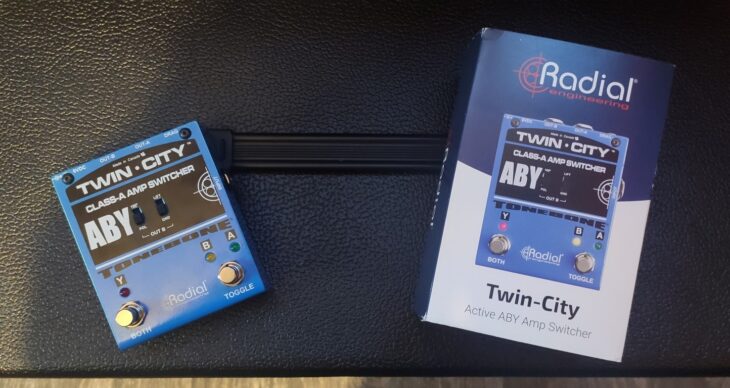
Now at first glance, this might seem like an inordinately extravagant way to set up your rig, but hear me out, it’s more common than you think!
The first thing is the price of these small single-channel tube combo amps isn’t that bad, and especially if you're on a budget you could buy 1 amp now and 1 more later down the line.
Secondly, it gives you more freedom over the individual tones, you can run different pedals into each, and if they are little combo amps you can even use different microphones on the speaker should you wish.
Thirdly, at certain times you can even use the two amps in stereo, which can be amazing if you’re the only guitarist playing on stage and want to get that nice width in the stereo field.
So, Which is Right for Me?
Now you have a better understanding of how each of these amp types work and which setup methods are available to you, it’s time to summarize which kinds of players each type would be most appropriate for.
Single-channel amps are simple to use, easy to set up, and are usually cheaper. While still retaining the ability to have multiple different sounds through the use of pedals.
These are ideal for players who are on a budget, who value simplicity in their setup, or who just straight up would never need to use more than a single sound.
Dual-channel amps offer you the ability to achieve multiple tones within the amp itself while using the natural distortion of the unit, they often have separate EQ and gain controls for each channel giving them massive versatility.
But this usually comes with an increased cost and takes more time to set up and dial in your sound.
These are ideal for players who require different tones for their playing or performances, who have a higher available budget, and who perhaps enjoy the whole process of tone creation and tweaking their sounds with more detail.
To Dual Channel or Not to Dual Channel
Ultimately there is no right or wrong choice here, manufacturers produce amps with varying options to cater to as wide an array of player preferences as possible. By thinking carefully about your preferences and needs you should be able to get a clear idea of which one is more appropriate for you.
I hope you’ve found the information helpful in both gaining a better understanding of how these two amp types work and finding out which one might be best for your specific needs.

